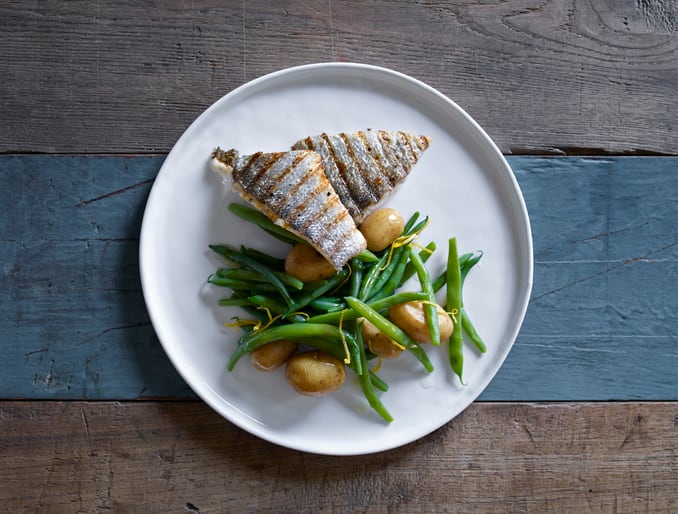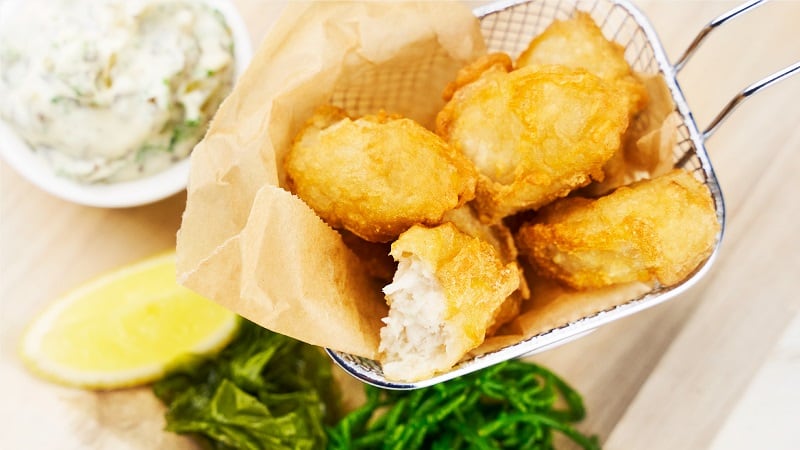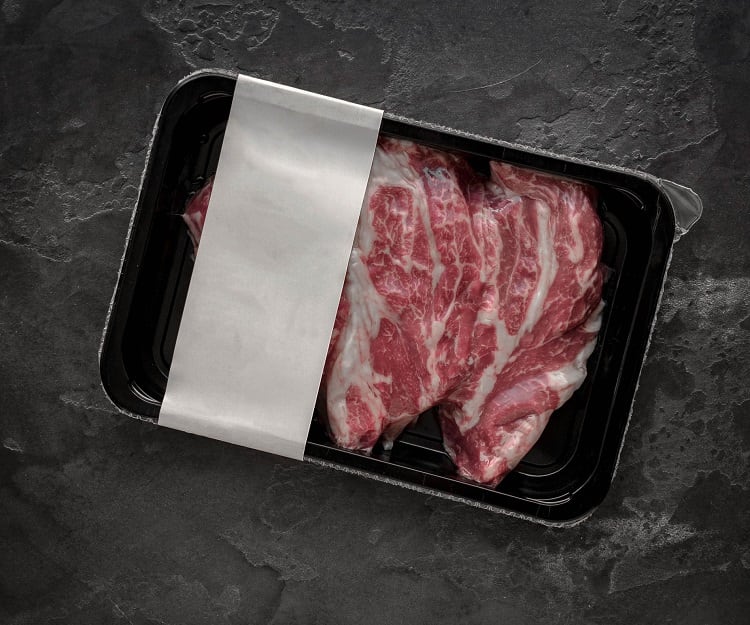The Algae2Fish project is a spin-out from the University of Lisbon’s Institute for Bioengineering and Biosciences, with funding from the Good Food Institute, which wants to accelerate alternative protein innovation.
The Algae2Fish team aims to cultivate the meat from seabass cells, creating a real fish fillet with the same look, taste and texture as conventionally produced seabass – and even the same health benefits – but without the bones or the negative environmental impact. They also won’t contain the mercury or microplastics which are often found in fish.
They aim to use techniques including 3D printing to create edible scaffolds using material extracted from algae and plants. These will be used to give structure to a product cultivated from fish cells – helping recreate the complex fibrous texture seen in conventionally produced fish and contributing to the taste and texture.
The algae used will also contain antioxidants, the team claimed, adding to the nutritional value of the finished product by providing the omega-3 fatty oils found in fish.
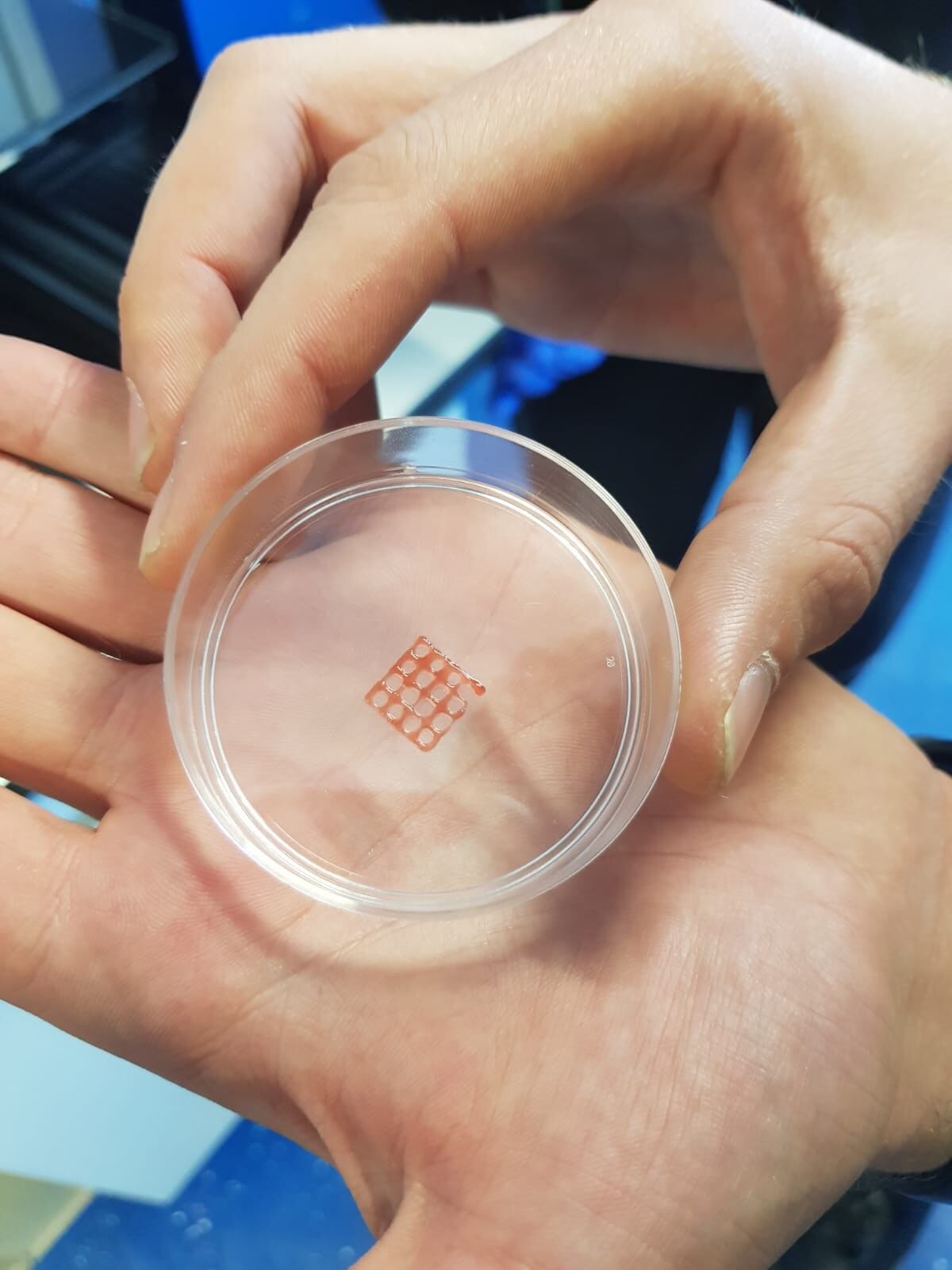
How it works
The team will use electrical stimulation aiming to enhance fish stem cells’ transformation into muscle and fat. These can then be used to create different ‘bio-inks’, using 3D printing to form patterns along the scaffold, recreating the fish’s flavour as well as a fillet’s characteristic alternating stripes of muscle and fat.
“To perform the 3D printing process, we will first formulate bio-inks based on algae and plant materials that will be used to encapsulate sea bass cells,” project lead Frederico Ferreira, Associate Professor at the Institute for Bioengineering and Biosciences, Instituto Superior Teìcnico, University of Lisbon, told FoodNavigator.
“Then, such inks will be used to construct a 3D scaffold with a specific 3D design that resembles a seabass fish fillet. Specifically allowing to display fat and muscle on specific filet regions."
Why seabass and not, say, other types of fish? “At this point we want to establish a 3D edible and vegan scaffold able to support fish cell growth,” Ferreira told us. “For that, we will use 3D bioprinting and electrospinning techniques. Seabass fish cells were selected due to their commercial availability and reported studies that indicate the possibility of deriving such cells into muscle and adipose cells. Thus, the selection is related with scientific knowledge maturity already established for these cells, but the approach taken will be possible to be applied to other stem cell fish, when those will be available.”
How can the Algae2Fish team be sure the final product will boast an enhanced nutritional profile? For example, will the antioxidants in the algae still be effective in humans after the cultivating process? Ferreira responded: “During our process we will grow the fillet in a controlled environment without exposition to microplastics, heavy metals, or other current contaminators of today’s seafood products. Moreover, we can provide a specific nutritional content of our product with correct fat, including omega-3, muscle, and vitamins balance. Therefore, we anticipate that cultured fish can have increased health benefits. The 3D process will be performed in smooth conditions and we anticipated that the antioxidant efficiency will be maintained. However, experimental assays will be performed to verify that.”
Ferreira further expects that few ingredients will be needed to be added after the cultivating process to enhance the sea bass taste. “Besides algae, we will evaluate the use of plant derived materials and screen for essential molecules that provide a similar taste,” he said. “However, we anticipate that most of the taste derives from the adipose part of the fillet.”
A further benefit to cultured fish, said Ferreira, is that there will be no bones. “In Portuguese we have a saying – a fish without bones is a problem solved,” he said. “This will create a boneless fillet, which will be very good for kids to eat, but I hope it will also help solve a lot of other problems.”
If successful, the team hopes the technique may be made available to other companies around the world who are developing new ways of cultivating seafood.
What type of algae needs to be used?
The algae will be completely sustainable as it can be grown locally by existing suppliers, according to the Algae2Fish team. “The algae derivatives used to formulate the inks can derive from different algae species,” explained Ferreira. “We are evaluating both derivatives from both macro and microalgae.”
Ferreira hopes that if the technique is eventually scaled up and used by food manufacturers, new supply chain industries will be created to provide this raw material, as well as manufacturing and maintaining the specialist equipment needed.
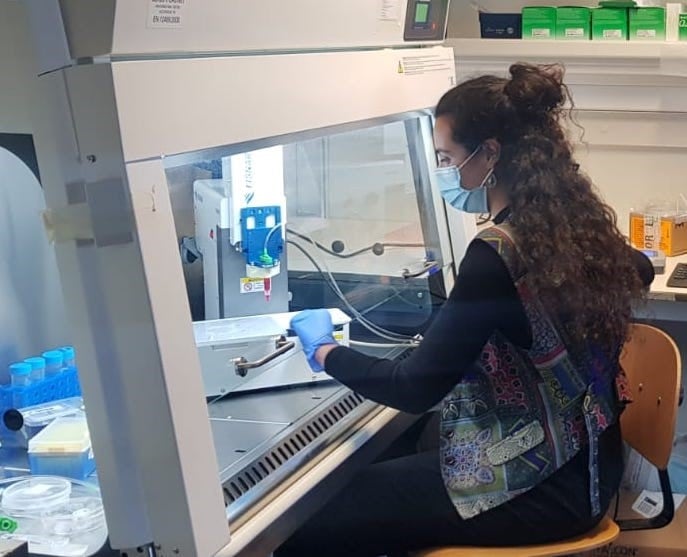
A sustainable way to satisfy demand?
Europe imports three times more seafood than it produces, and global demand for seafood is expected to increase by 5% over the next decade. Nearly half of EU marine habitats have been assessed as either endangered or near-threatened, mainly due to pollution, fishing and aquaculture, according to the European Commission’s European Red List of Habitats report. Cell cultivated fish can help satisfy growing demand without further harming the oceans, claimed the Algae2Fish team.
According to the Marine Conservation Society’s Good Fish Guide to which seafood is the most sustainable, sea bass is classified as ‘needing improvement’ with wild stocks ‘very low’.
“I love fish, I come from a country that loves fish, and I want to carry on eating fish,” added Ferreira. “There’s a role to play for small-scale sustainable fishing, but if we want everyone to carry on enjoying fish, we can’t continue the deep-sea fishing that causes so much damage to ocean ecosystems,” he claimed.
The Algae2Fish team was one of 21 from across four continents to successfully apply for GFI’s Competitive Research Grant programme, which funds innovative open access research into plant-based foods, cultivated meat and fermentation.
With very little public funding dedicated to sustainable protein research and development, GFI set up the programme with help from philanthropic donors in order to help fill the funding gap. Because all findings will be publicly available, this research can be used by scientists and companies around the world to advance plant-based and cultivated meat innovation.
Seren Kell, science and technology manager at GFI Europe, said: “Professor Ferreira’s project is an excellent example of the kind of innovative research we need to provide people with the fish they enjoy without harming our oceans.
“There are huge opportunities for more companies and governments to invest in plant-based and cultivated seafood to meet growing demand in a sustainable way and I hope this study will show others exactly what is possible.”


